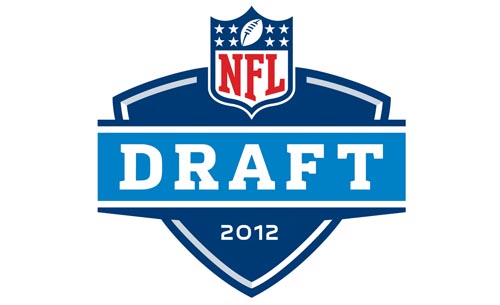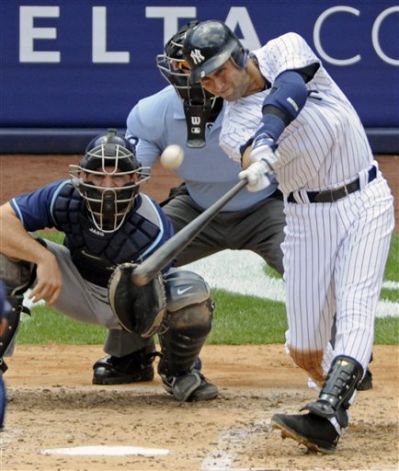 Drafting based on need sounds like it makes a lot of sense. Instead of overpaying a free agent to come in and fill a hole, you bring in a young, raw athlete with boatloads of potential and shape him however you choose. Sounds simple enough, but I have some problems with that school of thought. Don’t get me wrong, I still believe that great teams build through the draft. I just don’t buy into the idea of bringing in a rookie and then trying to turn them into the player that your team needs rather than helping them progress and further developing their skill set that made them special in the first place. There are exceptions, but for the most part, a great player is great because they are allowed to play to their strengths.
Drafting based on need sounds like it makes a lot of sense. Instead of overpaying a free agent to come in and fill a hole, you bring in a young, raw athlete with boatloads of potential and shape him however you choose. Sounds simple enough, but I have some problems with that school of thought. Don’t get me wrong, I still believe that great teams build through the draft. I just don’t buy into the idea of bringing in a rookie and then trying to turn them into the player that your team needs rather than helping them progress and further developing their skill set that made them special in the first place. There are exceptions, but for the most part, a great player is great because they are allowed to play to their strengths.
This is especially true with quarterbacks. How many times have you seen a QB overdrafted because the team didn’t have a quality starter and needed immediate help? Of course this is a quarterback-driven league, and it’s nearly impossible to win nowadays without someone special under center. NFL teams know this, but it seems like they panic under the gun and reach for something that isn’t there. There is no other explanation that I can come up with for the Vikings choosing Christian Ponder with the 12th overall pick in last year’s NFL Draft. Drafting him with such a high pick doesn’t mean that he is going to play up to that level, it just means that the Vikings didnt get their moneys worth with that pick.
What I’m saying is that drafting a guy like Ponder just to fill a hole makes no sense. In my opinion, he is not the same caliber player as guys like Mike Pouncey or Nick Fairley, who were both available when Minnesota was on the clock. Teams need to learn to take a step back and realize that when the special QB – or whatever other position the team needs – isn’t there, use the pick to its full potential by choosing someone who is just plain better.
Follow The Bearor’s Den and give feedback on Facebook: http://www.facebook.com/#!/pages/The-Bearors-Den/125071330921708

